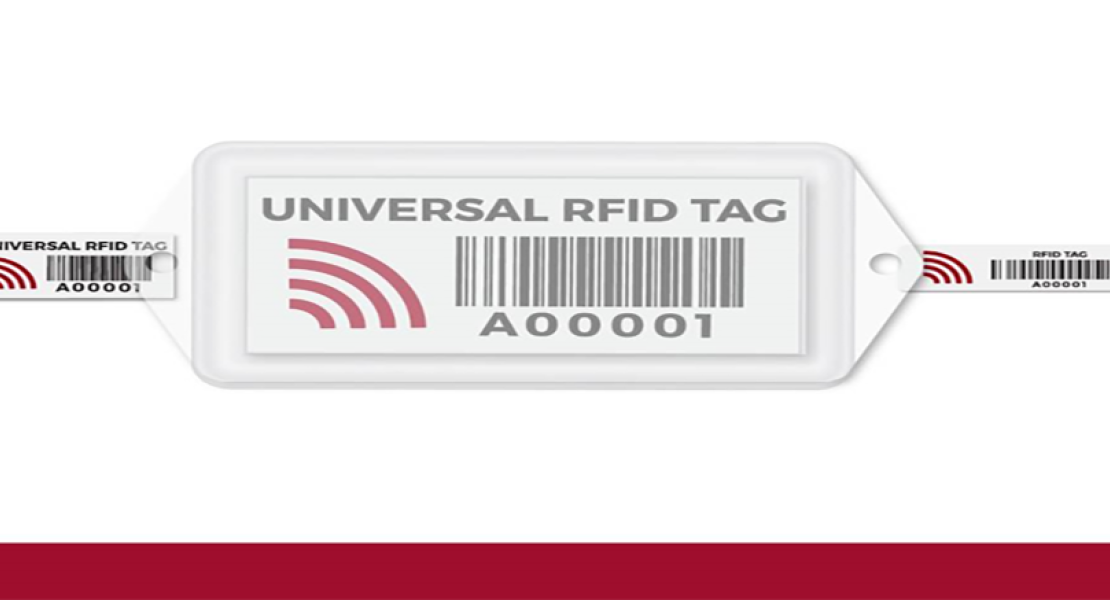As RFID technology continues to mature, more companies are looking to implement RFID tags and the technology that an RFID tag brings. RFID asset management is highly efficient and easy to use thanks to automatic identification and a non-line-of-sight signal.
The study looked at 10 different RFID tags from the top manufacturers and measured them for parameters including distance, orientation and material. Metalcraft had three tags in the study: the Universal, the Universal RFID Mini, and the Universal RFID Hard tag.
All three tags consistently ranked among the top five, with the Universal Hard Tag consistently ranked in the top two.
Overall, Metalcraft’s Universal tags performed as well as or better than the traditional RFID tags tested.
The RFID Tags Study
For a business to invest in RFID technology they need assurances that the tags will read consistently and accurately.
The Radio Frequency and Auto-Identification Labs at the University of Texas at Arlington looked at 10 different RFID tags from top manufacturers to determine how these tags performed in terms of precision and readability.
Precision measures for repeatability of the readings, while reliability measures the accuracy of the reading from varying distances, in different orientations, and on various materials.
Data to measure precision and readability was gathered by testing the tags' read rate in three different ways: by orientation, by distance, and by material.
Read Rate By RFID Tag Orientation
Tag placement and reader angles can impact the readability of an RFID tag. To imitate realistic read conditions, the study tested different tag orientations to determine readability at different angles. Metalcraft’s Universal tags performed as well as or better than most other tags within the study—and with better than average readability.
RFID Read Rate By Distance
Distance between tag and reader is also a large factor in the read range of a RFID tag. Researchers measured each tag and looked at how well the tags could be read at varying distances ranging from 5 to 25 feet. Metalcraft consistently performed as well as or better than the competition across the distances tested.
RFID Tag Read Rate By Material
The surface that an RFID tag is attached or adhered to can have a big impact on the performance of the tag. The study tested each tag's read rate on three different surfaces: Free Standing (Air), Metal, and Cardboard. Metalcraft’s RFID tags all registered above 65% read rates on metal, with the standard Universal and Universal Hard Tag both registering about 90%. All of Metalcraft’s tags performed at similar levels to other tags in their categories.
Conclusion
Overall the study confirmed that Metalcraft has some of the most precise and reliable lines of radio frequency identification (RFID) tags on the market. No matter what surface the tags are adhered to or the orientation of the tag, you can be assured Metalcraft tags will perform reliably and accurately. Additional details, including the full study results and methodologies, are available at http://www.universalrfid.com/universal-performance.
To discover more about our high-performance RFID tags, contact us today at [email protected].
 | About the Author: Aaron HobertAaron Hobert is our RFID Technical Specialist. Hobert joined Metalcraft in September of 1994 as a Litho Press Operator, became the Autograph Team Lead in 1998 and in April 2005 he became the RFID Sales Support Rep. He was named our RFID Technical Specialist in 2008. Aaron lives outside Charles City with his wife Diane. Mobile Phone: 641-330-2660 Email: [email protected] Office: 3360 9th St. SW, Mason City, IA 50401 Office Phone: 641-423-9460 |




